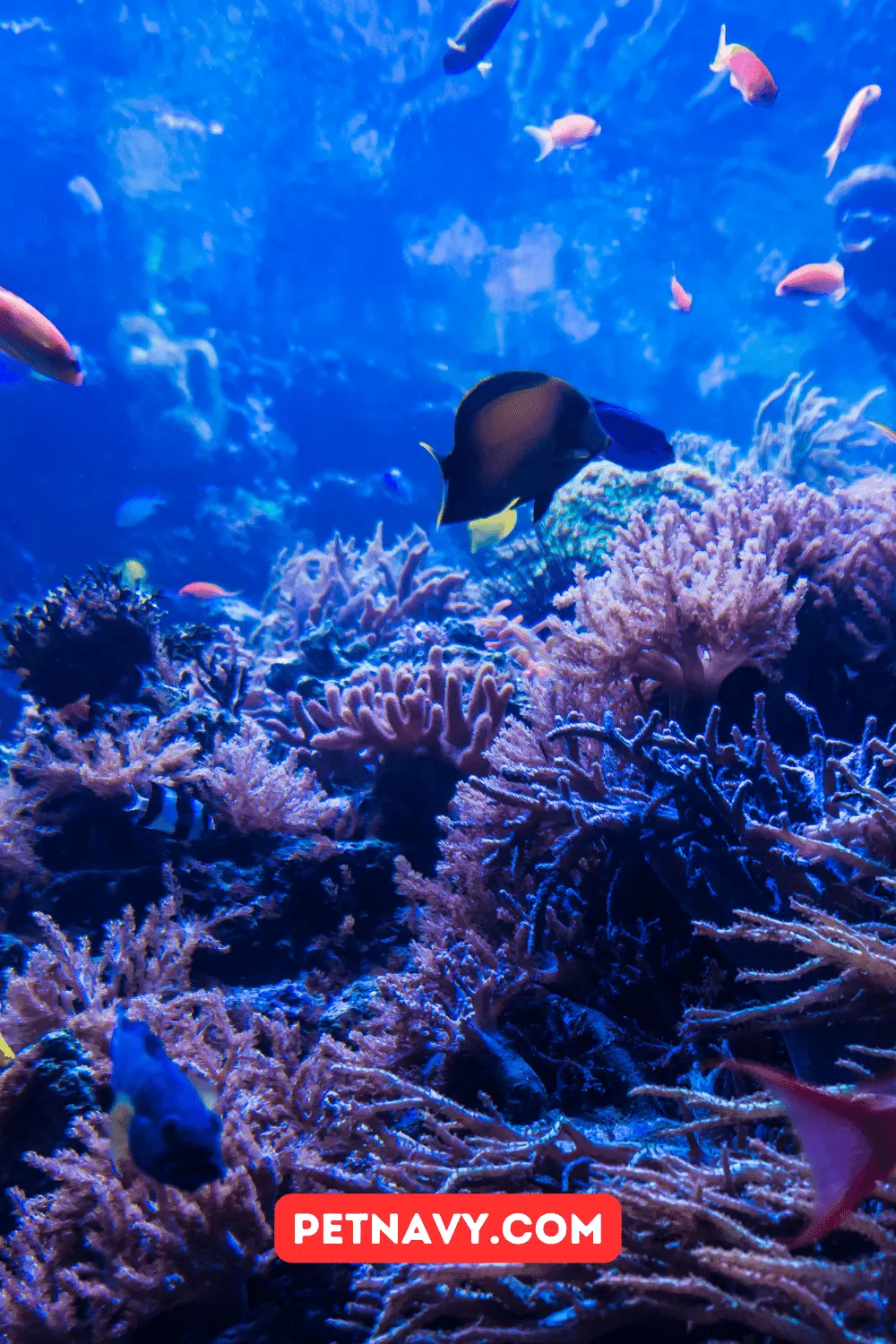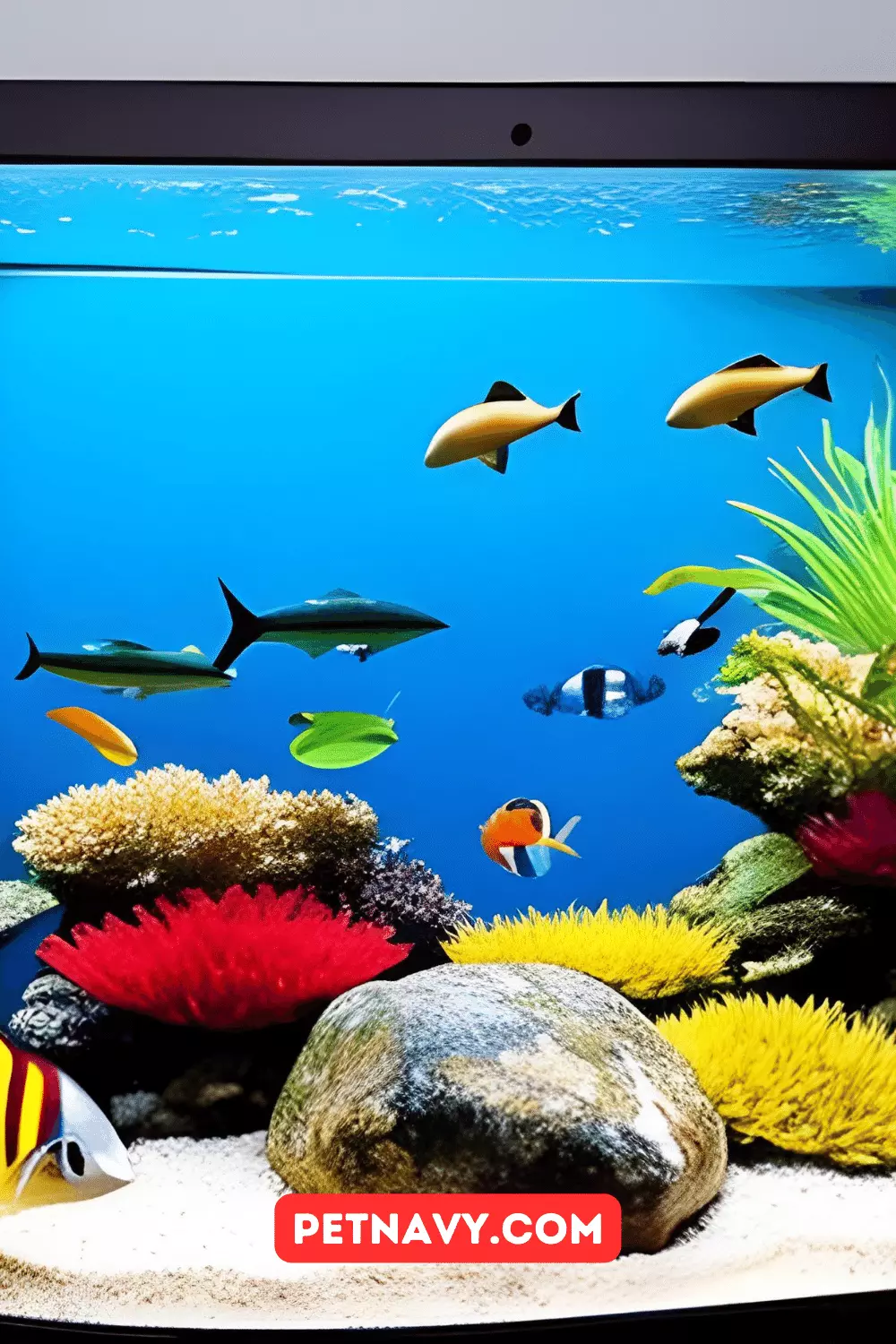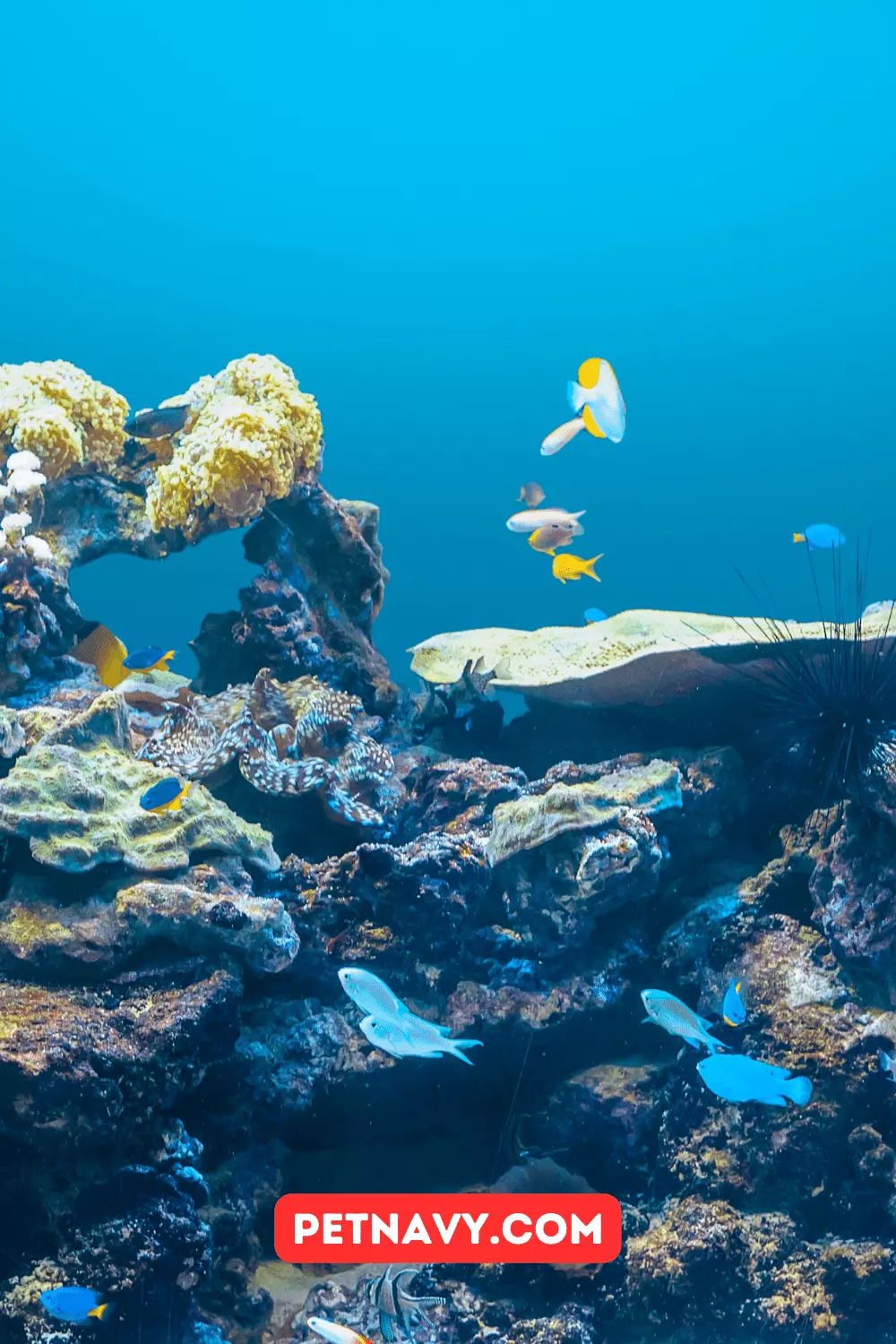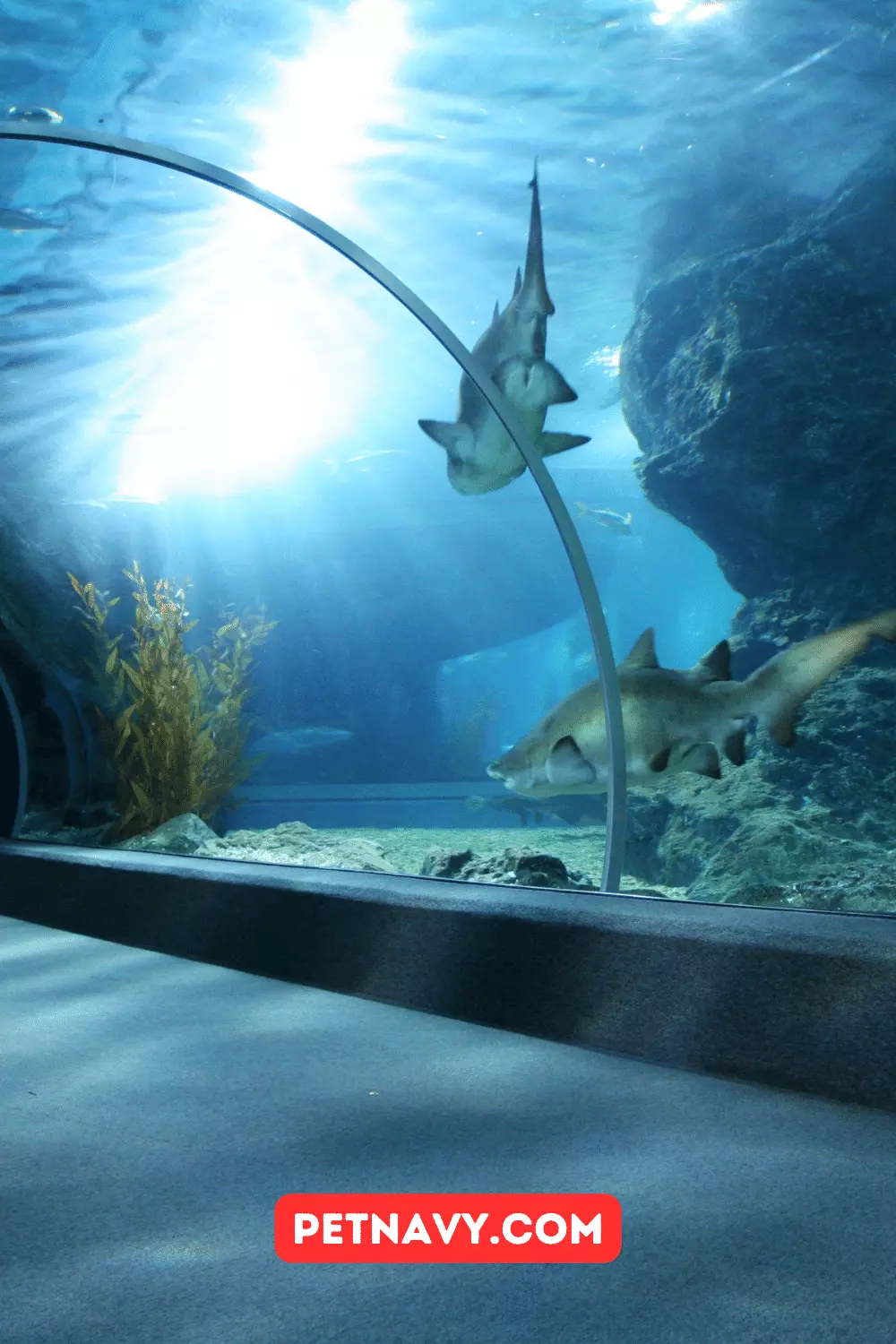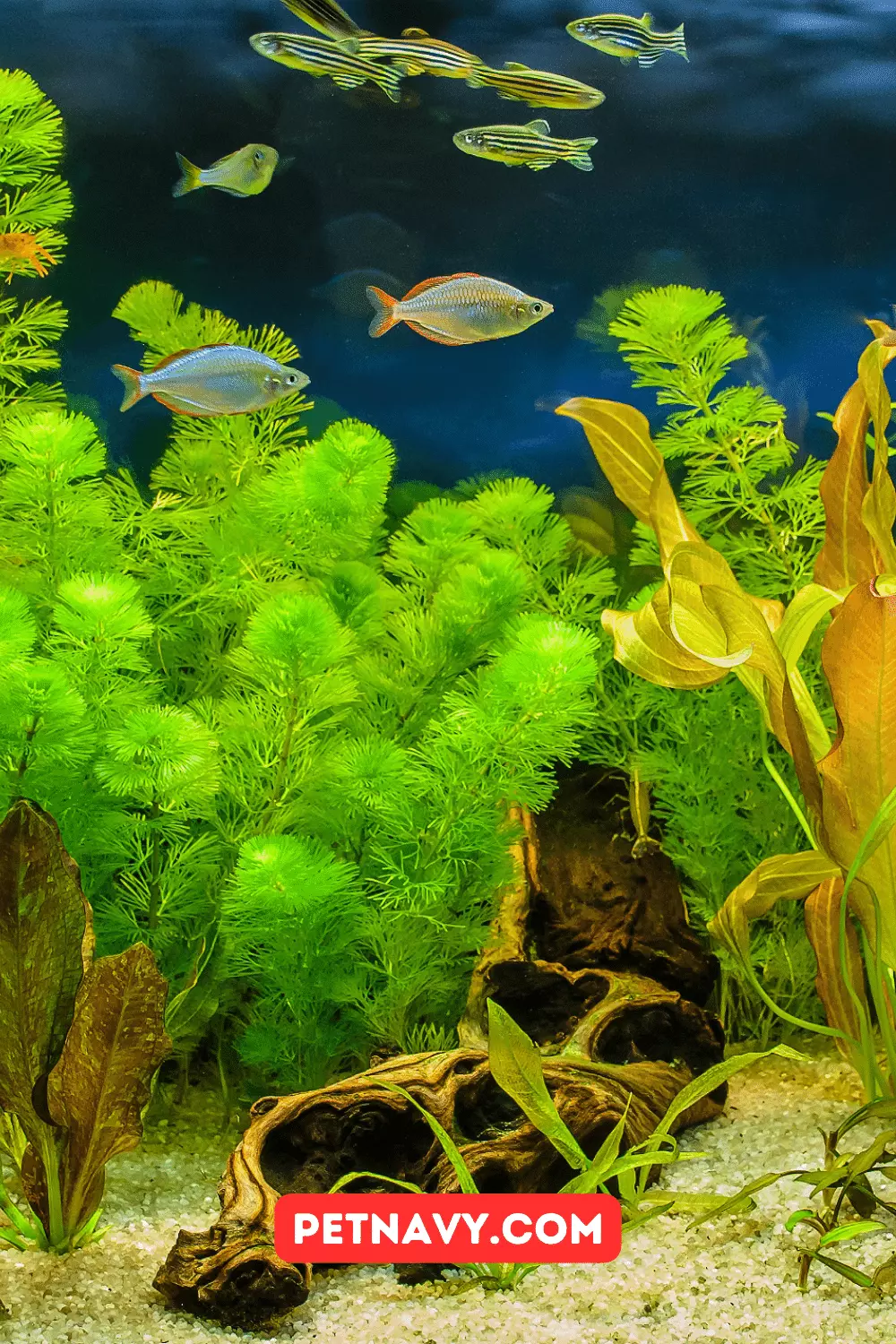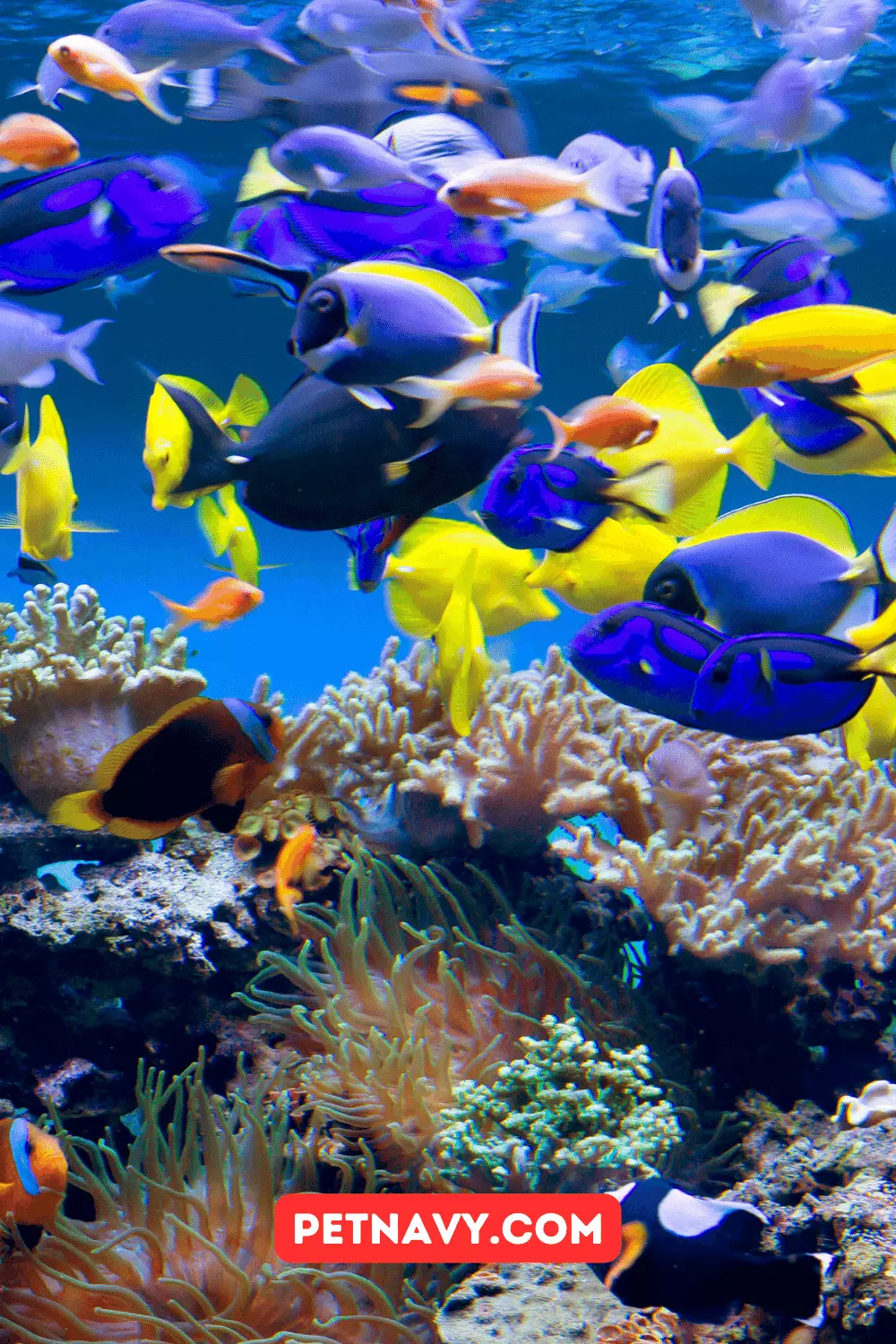5 Tips on How to Choose the Best Aquarium Heater?
How to Choose the Best Aquarium Heater? Discover 5 expert tips to choose your perfect aquarium heater. Keep your aquatic pets cozy and happy! 🐠🌡️ #AquariumHeaterTips #HappyFish
Aquariums are a beautiful addition to any home, providing a serene environment for fish and aquatic plants.
However, maintaining the right temperature is crucial for the well-being of your aquatic inhabitants.
Table of Contents
5 Essential Guidelines about How to Choose the Best Aquarium Heater?
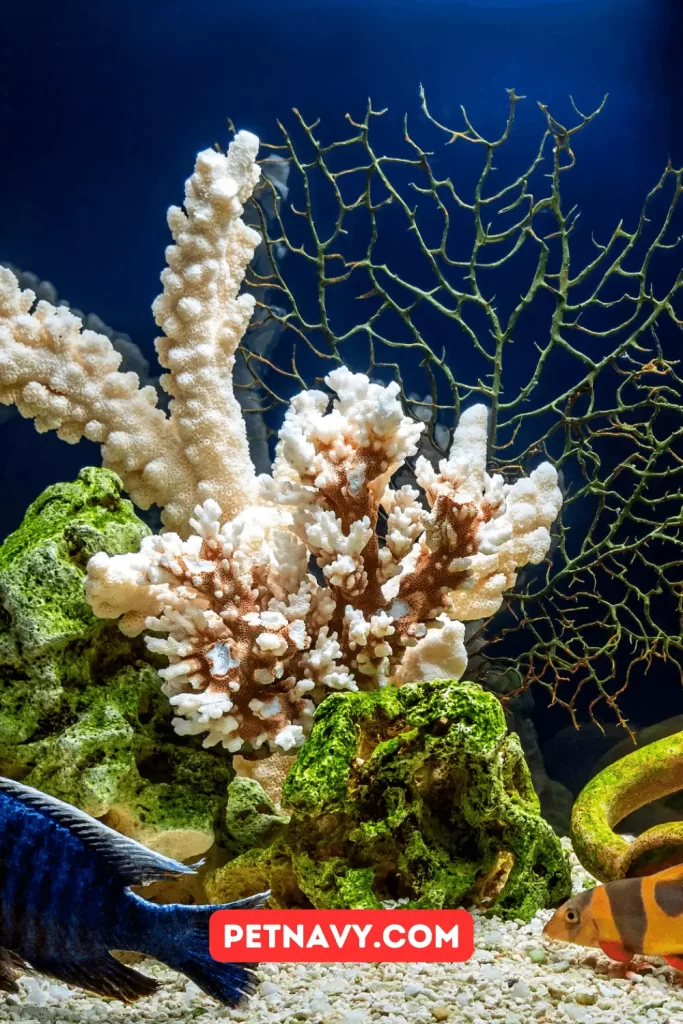
Here are five essential tips to help you select the best aquarium heater:
- Consider the Size of Your Tank
- Take into Account the Climate
- Look for Essential Features
- Energy Efficiency Matters
- Placement is Key
Consider the Size of Your Tank
The size of your aquarium is a pivotal factor when choosing a heater. It’s essential to know the gallons of your tank to purchase a heater rated for that size. If the heater is too small, it won’t heat the water adequately, and if it’s too large, it might overheat the water. For instance, a 5-gallon tank might require a 25W to 50W heater, while a 55-gallon tank might need two or three 100W heaters.
Take into Account the Climate
The climate you reside in plays a significant role in the type of aquarium heater you’ll need. If you live in a warmer climate, you might not need as powerful a heater as someone in a colder region. The goal is to maintain a consistent temperature, especially if you’re keeping tropical fish that prefer water temperatures around 78-80°F.
Look for Essential Features
Modern aquarium heaters come with various features that can be beneficial for maintaining the right temperature. Some heaters have automatic shut-offs, thermostats, and timers. It’s also crucial to find a heater with a good warranty, ensuring it’s replaced or repaired if it breaks down within the first few years.
Energy Efficiency Matters
While the initial cost is a factor, it’s also essential to consider the energy efficiency of the aquarium heater. More energy-efficient heaters might be pricier upfront but can save you money in the long run on electricity bills.
Placement is Key
Deciding where to place your aquarium heater is vital for its efficiency. Ensure it’s not in a location where it can be knocked over or too close to other objects, hindering heat circulation. Typically, the best spot is on the back or side of the aquarium near the filter. Some heaters need to be positioned vertically, while others can lay horizontally. For optimal heat distribution, consider mounting long, tube-shaped heaters at a 45-degree angle.
Choosing the right aquarium heater is crucial for the health and comfort of your fish. By considering the size of your tank, the climate, essential features, energy efficiency, and placement, you can ensure a warm and consistent environment for your aquatic friends.
Does My Aquarium Need a Heater?
Aquariums are not just about the visual appeal; they are a delicate ecosystem that requires meticulous care. One of the most crucial aspects of this care is ensuring the right temperature for your aquatic inhabitants. But does every aquarium need a heater? Let’s delve deeper into this topic.
The Cold-Blooded Nature of Fish
Fish, unlike mammals, are cold-blooded creatures. This means they don’t have the ability to regulate their body temperature internally. Instead, they rely on the temperature of their surroundings. If the water in the aquarium is too cold or too hot, it can have detrimental effects on the fish’s health and well-being.
Tropical Fish and Their Warm Preferences
If you’re an enthusiast of tropical fish, you’ll know that these vibrant and colorful creatures hail from warm waters around the world. Species like the popular tetras, guppies, and angelfish thrive in temperatures around 78-80°F. If you’re keeping these fish, especially in regions with colder climates, an aquarium heater becomes indispensable.
Nature’s Way: Temperature Fluctuations
In the wild, the temperature of water bodies isn’t always constant. It can dip during the night or due to environmental factors like rainstorms. Most aquarium fish have evolved to tolerate these cooler temperatures. However, in a controlled environment like your home, it’s essential to provide them with a steady temperature. Consistency not only ensures their comfort but also reduces stress, making them less susceptible to diseases.
Not All Fish Like It Hot
While many fish prefer warmer waters, there are exceptions. Goldfish, for instance, are quite adaptable and can thrive in cooler temperatures. The Japanese icefish, true to its name, is accustomed to cold waters. Similarly, the white cloud mountain minnows are another species that can do without a heater.
However, it’s essential to note that “doing without a heater” doesn’t mean exposing them to extremely cold temperatures. It merely means they can handle a broader range of temperatures compared to their tropical counterparts.
Some Like It Even Hotter
On the other end of the spectrum, we have species like the discus, ram cichlids, and certain Apistogramma cichlids. These fish prefer their environment a tad hotter, around the 85°F mark. If you’re keen on keeping these species, investing in a good quality heater is non-negotiable.
Matching Natural Habitats for Success
Every fish species has evolved in specific conditions in the wild. As aquarium enthusiasts, our goal is to replicate these conditions as closely as possible to ensure the health and happiness of our aquatic pets. By understanding the temperature preferences of the fish you’re looking to keep, you can create an environment that closely mirrors their natural habitat. This not only ensures their well-being but also increases your chances of successfully keeping and breeding them.
While the question of whether every aquarium needs a heater can be answered with a “it depends,” understanding the needs of your specific fish is crucial. Investing in a good quality aquarium heater and regularly monitoring the water temperature can make all the difference in providing your fish with a comfortable and thriving environment. Remember, a happy fish is a healthy fish!
What Size Aquarium Heater Do I Need?
If you’re a fisherman, the general rule of thumb is 5 watts (W) of heat per 1 gallon of water if a) you need to heat the water to 10 degrees above room temperature, if you’re using an aquarium lid to retain warmth and prevent evaporative cooling. For example, if you have a 29-gallon tank under those conditions, the suggested heater size is 100 watts.
However, if your home is on the colder side at 65°F and you need to raise the water temperature by 15 degrees, consider adding a second heater. This will ensure that your fish stay healthy and comfortable in their environment.
| Aquarium Size | Heater Size |
| 5 gallons | 25W to 50W heater |
| 10 gallons | 50W to 100W heater |
| 20 gallons | 100W heater |
| 29 gallons | One or two 100W heaters |
| 40 gallons | Two 100W heaters |
| 55 gallons | Two or three 100W heaters |
| 75 gallons | Three 100W heaters |
Other factors that impact a fish tank’s temperature include its location in your home, how much sunlight the room gets, and whether or not it’s near an air conditioner. Additionally, because heat naturally rises, the tanks at the bottom of an aquarium rack will be cooler than the tanks at the top. Furthermore, equipment such as lighting and filtration contributes to the total heat produced in an aquarium. For example, a Fluval FX4 canister filter runs on 30 watts of power and therefore acts like a mini heater in your aquarium, slightly heating the water as it flows through the filter.
If you have a large tank that requires 200 watts of heat, we recommend purchasing two 100-watt heaters instead of one 200-watt heater. This way, if one heater malfunctions, it will not overheat the entire aquarium. Having two heaters also provides a backup in case one shuts off. This will prevent the water from getting too cold.
Where Should I Put My Aquarium Heater?
There are a few things to consider when deciding where to place your aquarium heater.
- First, you need to ensure the heater is not in a place where it can be knocked over or damaged.
- Second, you need to ensure the heater is not too close to any other objects in the aquarium so that heat can circulate properly.
- Finally, you need to ensure the heater is not in a place where it will be in the way or difficult to reach.
With these things in mind, the best place to put your aquarium heater is usually on the back or side of the aquarium near the filter.
What to Consider When Choosing an Aquarium Heater
There are many aquarium heaters, but most of them function similarly. An aquarium heater typically has two main parts: a heating element and a thermostat. The heating element is usually made of metal and is responsible for generating heat. The thermostat is a temperature-sensitive switch that turns the heater on and off to maintain a consistent water temperature.
Thermostat
Most aquarium heaters have a built-in thermostat, but you can also buy separate thermostats that can be used with any type of heater. Aquarium heaters come in various sizes and shapes, so it is essential to choose one that is appropriate for the size of your aquarium. Smaller aquariums may only need a small heater, while larger aquariums may require a larger one.
Wattage
When choosing an aquarium heater, it is essential to consider the unit’s wattage. The wattage indicates how much power the heater uses and how much heat it can generate. Higher wattage means that the heater will use more electricity and generate more heat.
Size
When choosing an aquarium heater, it is also essential to consider the aquarium size. If the aquarium is too tiny, the heater may not be able to generate enough heat to keep the water at a consistent temperature. Conversely, if the aquarium is too large, the heater may use too much electricity and overheat the water.
Type
Finally, it is essential to consider the type of aquarium you have when choosing an aquarium heater. Freshwater aquariums require different kinds of heaters than saltwater aquariums. Be sure to select a heater designed for the type of aquarium you have.
Now that you know more about aquarium heaters, you can start shopping for the perfect one for your needs.
There are many aquarium heaters, but the most common type is the submersible heater that operates completely underwater. The water current helps spread the heater’s warmth to the rest of the tank. Ideally, the heater should be placed next to the filter output or pump for maximum flow. Install a thermometer in a corner opposite the heater to make sure the heat is reaching the other side of the tank. This will help ensure your fish are healthy and comfortable in their new home.
Some heaters must be positioned vertically, while others can lay down horizontally. For long, tube-shaped heaters, we recommend mounting the heater at a 45 degree angle to get the best heat distribution. You can conceal the heater by placing plants and decor in front of it or hiding it in the sump if you have one.
Do You Leave the Aquarium Heater on All the Time?
As a general rule of thumb, you should always leave your aquarium heater on. This will help to maintain a consistent water temperature, which is critical for the health and well-being of your fish. There may be times when you need to turn the heater off for short periods, such as when you are cleaning the tank or doing routine maintenance. However, as a general rule, it is best to always keep the heater on.
Yes, you could depart the heater 24/7. Aquarium warmers have an inner thermostat that turns off the warmth while it reaches a particular temperature; for this reason, preserving the water temperature inside some levels of the preferred setting.
When first putting in the heater, permit the device to acclimate to the aquarium water’s temperature for 20 to half-hour earlier than plugging it in, to save you breakage from temperature shock. Also, the heater should constantly be submerged in the water while it’s grown. (Sometimes, you’ll see a line at the heater that marks the minimal water level.) Otherwise, it can not appropriately study the water temperature and efficiently manipulate the heating. If you depart the heater jogging simultaneously as uncovered to dry air, it can burn out or crack, so don’t forget to unplug it or flip off the electricity strip while doing water changes.
Thankfully, warmers now no longer require a good deal of upkeep until you need to apply a toothbrush to softly scrub off algae. However, when you have to put off the heater for a few reasons, producers propose ready at least half-hour for it to settle down earlier than handling.
What Is the Best Aquarium Heater?
Out of all the supplies you need to buy when setting up a new fish tank, the aquarium heater is not one to skimp on. You want to find a good quality brand that is safe and reliable because unproven brands may fail by overheating, shutting down, or cracking – all with disastrous results. We personally would not recommend getting a used heater because you have no idea if the previous owner dropped it, left it running while out of water, and so forth.
We designed our own Aquarium Co-Op 100W heater with the goals of having excellent quality and a full range of features, such as:
- The small, compact design makes the heater easier to position in the aquarium and hide behind decorations or rocks.
- The digital display provides a large temperature reading that can be clearly read.
- The heater guard is a protective plastic cage around the heater that prevents fish from wedging themselves and getting stuck behind the heater. (Yes, I’ve actually had fish die this way.) This enclosure also shields the heater from larger fish species that may crash into it.
- The adjustable temperature feature is useful in case you need to raise the temperature to treat diseases or lower the temperature to induce breeding. Unlike most heaters that use temperature dials, the Aquarium Co-Op heater has a simple button controller that is located outside of the fish tank so you don’t have to get your hands wet to change the temperature.
- The extra-long, 11.8-foot power cable makes it possible to reach faraway wall outlets, even if you have a deep aquarium.
- The suction cups allow you to firmly mount the heater onto the aquarium wall, and four extra suction cups are included as replacements.
- The 1-year warranty and automatic over-temperature protection offers you peace of mind from heater malfunctions and manufacturing errors.
If you have a nano aquarium that holds 6 gallons or less, consider using the Fluval 25W submersible heater that is preset to maintain a temperature of 76-78°F.
Bottom line: don’t try to save money on heat. Give your aquarium fish a warm and comfortable home, and they’ll thank you for it with hours and hours of entertainment.
Video Guide on “How to Choose an Aquarium Heater”
Always remember to monitor the temperature regularly and ensure the heater is functioning correctly. With the right care and equipment, your aquarium will thrive, providing endless hours of enjoyment.
You may also like these:
-

Marina Aquarium Heater Instructions
How to set up and maintain a marina aquarium heater properly? This guide will cover all the basic information you need to get started.
-



Battery Powered Aquarium Heater
Keep your aquatic pets warm and cozy with our battery powered aquarium heater. Order now for a reliable and convenient heating solution!
-



Top Fin Aquarium Heater Instructions
A Top Fin aquarium heater is a necessary piece of equipment for any fish keeper. It allows you to maintain a consistent water temperature!
-



7 Best Methods to Keep a Fish Tank Warm without a Heater
Is your aquarium without a heater? Learn effective methods to keep a fish tank warm without a heater.
-



50 Gallon Aquarium: Setup and Steps to Success
Ready to create your ideal 50 gallon aquarium setup? Follow our expert guide for a successful and stunning aquatic environment.
-



Top 10 Useful Aquarium Heater Tips For Beginners
New to aquarium heaters? Follow our top 10 useful aquarium heater tips for beginners to ensure your fish stay warm and healthy in their aquatic home.
-



8 Powerful Benefits of Using an Aquarium Heater
Keep your fish happy and healthy with an aquarium heater! Discover the benefits of using an aquarium heater for your aquatic pets today.
-



Saltwater Aquarium: 10 Essential Tips for Perfect Setup
Ready to create your dream saltwater aquarium? Follow our expert tips for a successful setup and start enjoying your aquatic oasis today!
-



5 Tips on How to Choose the Best Aquarium Heater?
How to Choose the Best Aquarium Heater? Discover 5 expert tips to choose your perfect aquarium heater. Keep your aquatic pets cozy and happy! 🐠🌡️
-



7 Best Types of Aquarium Heaters for Optimal Fish Health
Let’s take a look at the different types of Aquarium Heaters and how they work to determine the best kind of heater for your aquarium!


